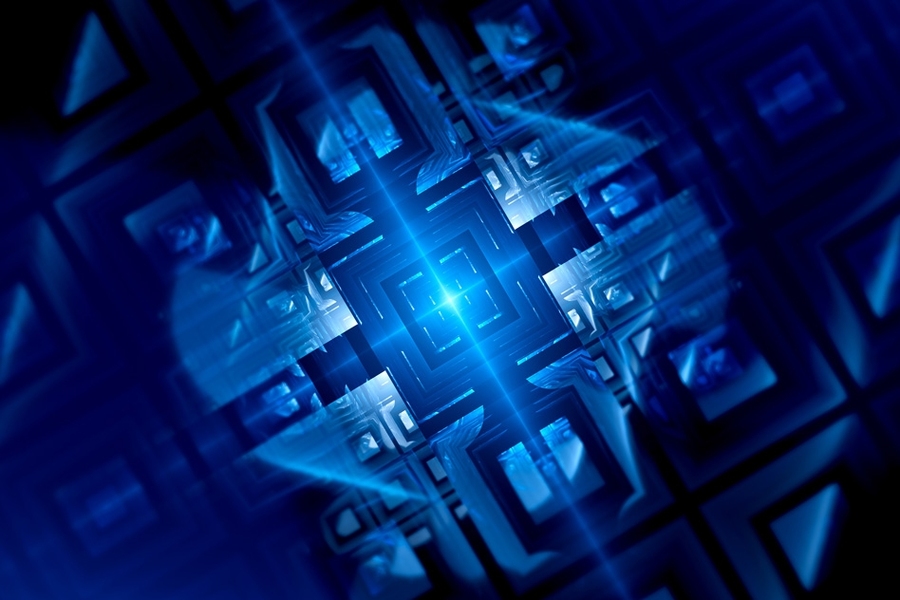Creative use of nano-microelectronics systems and (nano-electronic systems NEMS ) PhD nano-microelectronics
Researcher and author: Dr. ( Afshin Rashid)
Note: The creative use of nano-microelectronic systems and (nano-electro-mechanical systems NEMS ) in the applications of nano-bio-electronic sensors, has provided favorable conditions for (nano NEMS) to accurately and correctly detect environmental factors .
The use of nanotechnology in the application of nano-bio-sensors has facilitated the precise control and regulation of nano-environmental functions. Nanostructures are widely used in the field of nano-biosensors due to their small size in nanometers and multiple functions in specific locations . Develop various types of multifunctional MEMS / NEMS devices with micro and nanoelectronic features for biomedical applications (BioMEMS / BioNEMS ) through various fabrication techniques and biocompatible nanomaterials . However, the integration of devices with the physiological environment of nano-biosensors is a major problem . Most of them lose their function due to the limitations of nanoparticles in nano biosensors and cause The effects are adverse. In laboratory conditions and in applications of bioenvironmental nanosensors, the performance of Bio MEMS implants such as biosensors , intelligent stents, etc., as well as the interaction of these devices with the physiological environment of nano biosensors and biocompatible BioMEMS for use in evolutionary structure And the architecture of nano biosensors is essential.
Micro-nano-electromechanical systems (BioNEMS) and (BioMEMS) intelligent surfaces are so useful that by using nanotechnology and polymeric materials or various molecules, their surface can be modified and finally, reduce the effects and performance of the device. Improved inside nano-biosensors and in ambient conditions . Nanoporous coatings for door applications, electrodes of carbon nanotubes (CNTs) in electrochemical nano-biosensors modified by nanowires and nanoparticles, and nanoparticles used in optical nano-sensors. The use of nano-porous coatings such as similar nanocarbons (diamond-coated aluminum) to alumina compared to Environmental adverse effects of nano-biosensors show their resistance. On the other hand , silicon nano-arrays as nano-biosensors are widely used in MEMS technologies due to their ease of construction.
Conclusion :
New analytical tools are able to explore the world of nanometers to determine the nano-electrochemical and mechanical properties of micro-nano-electromechanical (BioNEMS) and (BioMEMS) systems, discover new phenomena and processes and provide knowledge with a wide range of tools, materials, devices Systems and systems have unique characteristics. Nano biosensors are widely used in many general, industrial and specific fields. However, the development of nano-based diagnostic methods is still a challenge. Rapid and accurate detection requires nanobiosensors to increase selectivity and sensitivity with low power consumption and fast reactions. Undoubtedly, each of these parameters requires further advances through the expansion of nanomaterial synthesis and the integration of different techniques.
Researcher and author: Dr. ( Afshin Rashid)
PhD in Nano-Microelectronics




